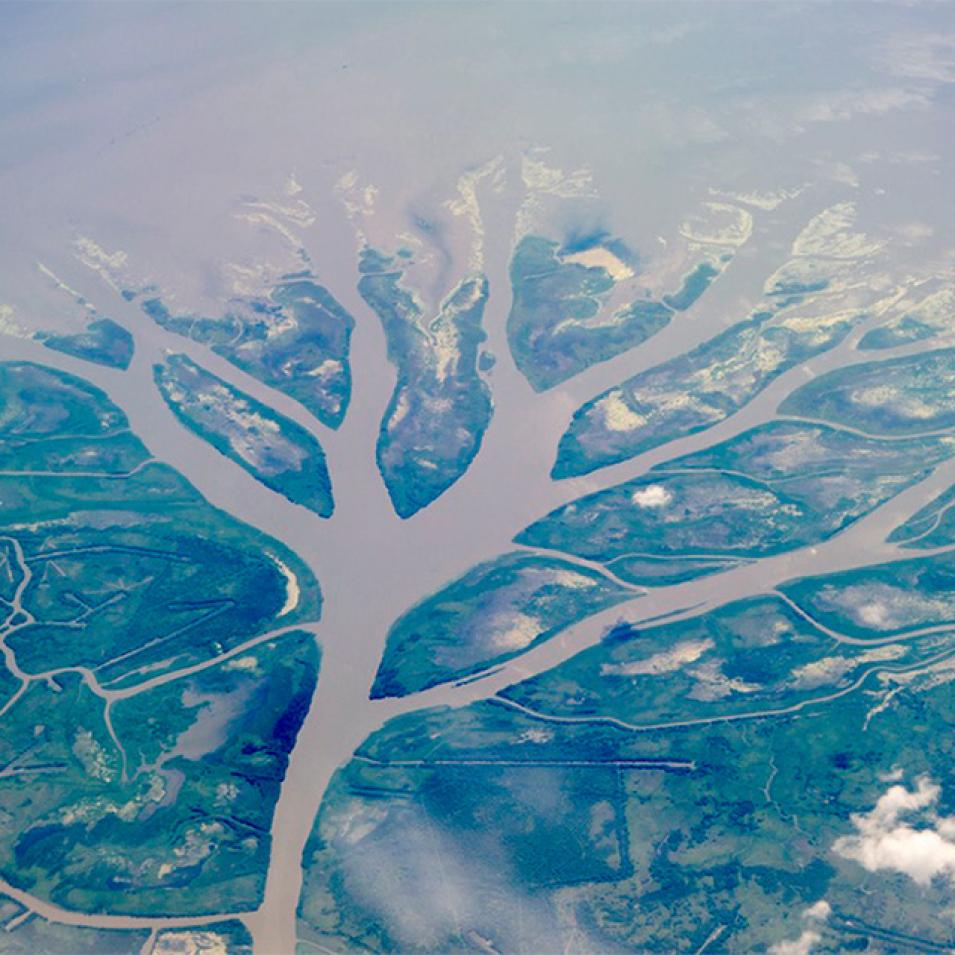Delta-X is a NASA Earth Venture-Suborbital (EVS-3) mission to develop, calibrate, and validate models that accurately describe and predict long-term land loss or land gain in the Mississippi River Delta.
This webinar will provide an introduction to NASA's Delta-X mission, including its objectives, campaigns, and datasets. Webinar presenters also will provide information about Jupyter Notebook tutorials at NASA's Oak Ridge National Laboratory Distributed Active Archive Center (ORNL DAAC) for working with Delta-X data and models.
The Need for Delta-X
Around the world, river deltas and their wetlands are drowning due to a combination of sea level rise and reduced sediment inputs caused by upstream damming and local leveeing. Addressing the challenge of land loss demands a comprehensive, interdisciplinary approach. This involves studying hydrodynamics, sediment transport, morphodynamics, and organic soil accretion across timescales of hours-to-days to capture tidal, wind, and wave-induced exchanges along with longer-term analysis to account for seasonal and yearly fluctuations in phenology and river discharge.
During spring and fall Delta-X campaigns, data were acquired with a variety of NASA airborne instruments—including AirSWOT, the Uninhabited Aerial Vehicle Synthetic Aperture Radar (UAVSAR), and the Airborne Visible-Infrared Imaging Spectrometer-Next Generation (AVIRIS-NG)—simultaneously with extensive field collections documenting vegetation, water quality, and flow conditions. Comprehensive models were developed to predict soil accretion at the hectare scale across two coastal basins, one that is gaining land and one that is losing land.
